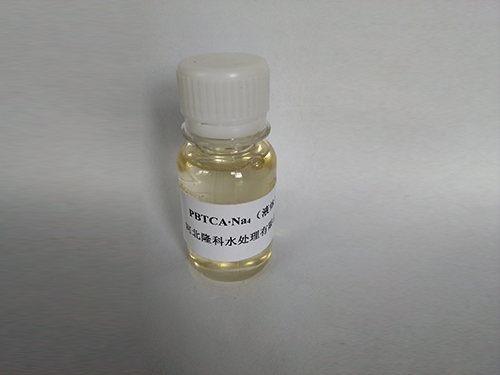Understanding the Principles and Applications of Coagulation and Flocculation in Water Treatment Processes
Coagulation and Flocculation Essential Processes in Water Treatment
Coagulation and flocculation are pivotal processes in the water treatment industry, serving as initial steps for purifying drinking water and treating wastewater. These processes involve the aggregation of suspended particles in a liquid to form larger clusters, or flocs, which can then be removed through sedimentation or filtration. Understanding the mechanisms behind coagulation and flocculation is essential for optimizing water treatment systems and ensuring the quality of the final product.
The coagulation process typically begins with the addition of chemical coagulants to the water. Common coagulants include aluminum sulfate (alum), ferric chloride, and polyaluminum chloride. These substances work by neutralizing the negative charges on suspended particles, such as silt, clay, and organic matter. In natural water bodies, these particles are often stabilized by their negative charge, preventing them from settling. By adding a coagulant, the electrostatic repulsion between particles is reduced, allowing them to come together and form larger aggregates.
Once coagulation has occurred, the next step is flocculation. Flocculation is a gentle mixing process that encourages the growth of flocs by allowing smaller aggregates to collide and bond with one another. This typically involves the use of flocculants, which are long-chain polymers that can bridge between particles, further enhancing aggregation. The flocculation stage can be optimized by controlling factors such as mixing speed, time, and temperature, all of which influence the size and strength of the flocs formed.
The effectiveness of coagulation and flocculation is influenced by various factors, including water temperature, pH levels, and the nature of the suspended particles. For instance, acidic or alkaline water may require adjustments in coagulant dosages to achieve optimal performance. Similarly, the particle size and composition of the contaminants play a significant role in determining the appropriate coagulants and flocculants to use.
coagulation and flocculation

After the flocculation process, the formed flocs rise to the surface or settle to the bottom of the sedimentation basin, where they can be easily removed. The clearer water above the settled flocs can then be subjected to further treatment methods, such as filtration, disinfection, or advanced oxidation processes. The removal of flocs not only helps in clarifying water but also reduces the load on downstream treatment processes, improving overall efficiency.
The importance of coagulation and flocculation extends beyond drinking water treatment. These processes are also critical in industrial applications, such as paper production, wastewater treatment, and even in food processing. In the context of wastewater management, for instance, coagulation and flocculation are employed to enhance the removal of pollutants and heavy metals, thereby mitigating the environmental impact of industrial discharges.
Furthermore, with increasing environmental regulations and the demand for clean water, the optimization of coagulation and flocculation processes has become a focal point in research and development. Innovations such as the use of environmentally friendly coagulants, real-time monitoring technologies, and advanced process control systems are being explored to enhance the efficiency and sustainability of these practices.
In summary, coagulation and flocculation play a critical role in water treatment processes, contributing to the removal of suspended impurities and improving water quality. As challenges related to water scarcity and pollution continue to grow, understanding and advancing these processes will be vital for ensuring access to safe and clean water for communities worldwide.
-
Understanding Polycarboxylic Acids: Properties, Applications, and Future PotentialNewsJul.28,2025
-
Scale Inhibitor Explained: How to Protect Your System from Limescale and Hard Water DamageNewsJul.28,2025
-
Scale and Corrosion Inhibitors: Essential Chemicals for Industrial Water System ProtectionNewsJul.28,2025
-
Polyaspartic Acid: A Biodegradable Polymer for Sustainable ChemistryNewsJul.28,2025
-
Isothiazolinones: A Versatile Antimicrobial Class with Industrial Power and Regulatory ChallengesNewsJul.28,2025
-
A Deep Dive into 2-Phosphonobutane-1,2,4-Tricarboxylic Acid (PBTC)NewsJul.28,2025





